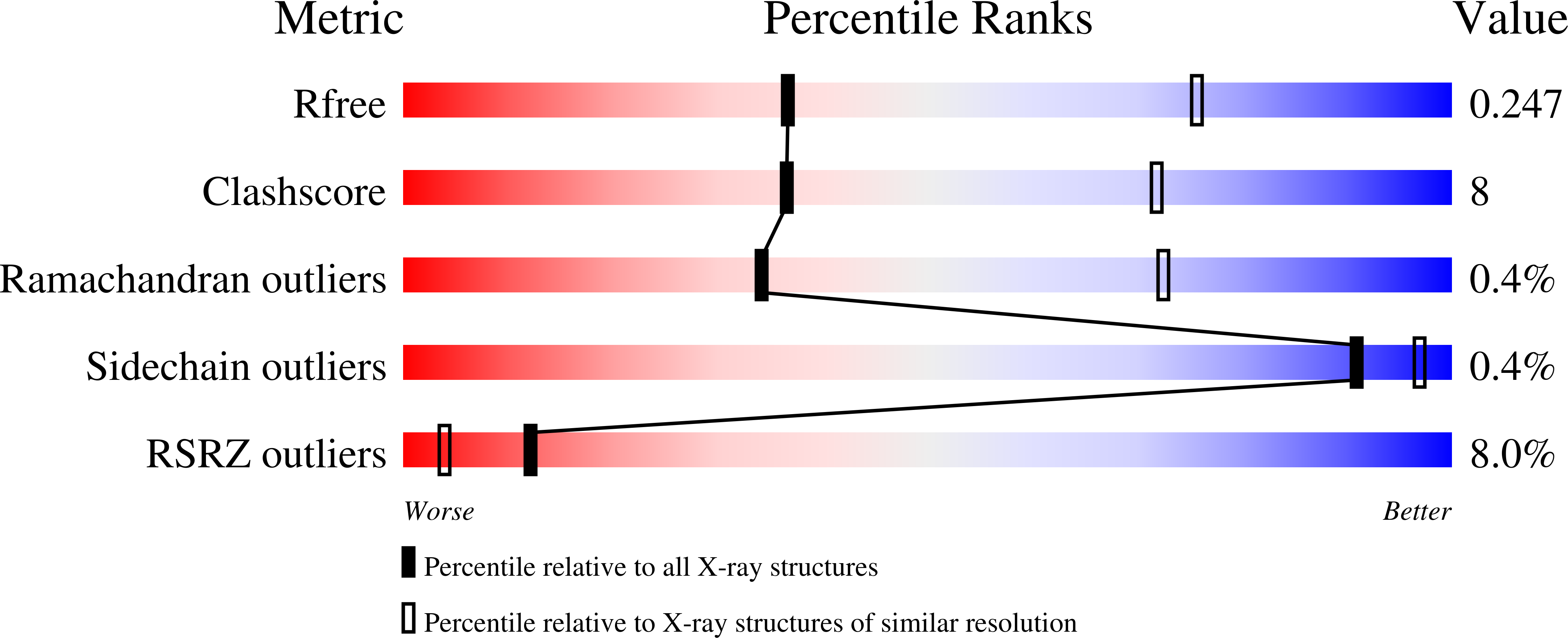
Deposition Date
2014-03-14
Release Date
2014-08-20
Last Version Date
2024-10-16
Entry Detail
PDB ID:
4PV1
Keywords:
Title:
Cytochrome B6F structure from M. laminosus with the quinone analog inhibitor stigmatellin
Biological Source:
Source Organism:
Mastigocladus laminosus (Taxon ID: 83541)
Method Details:
Experimental Method:
Resolution:
3.00 Å
R-Value Free:
0.24
R-Value Work:
0.21
R-Value Observed:
0.21
Space Group:
P 61 2 2


